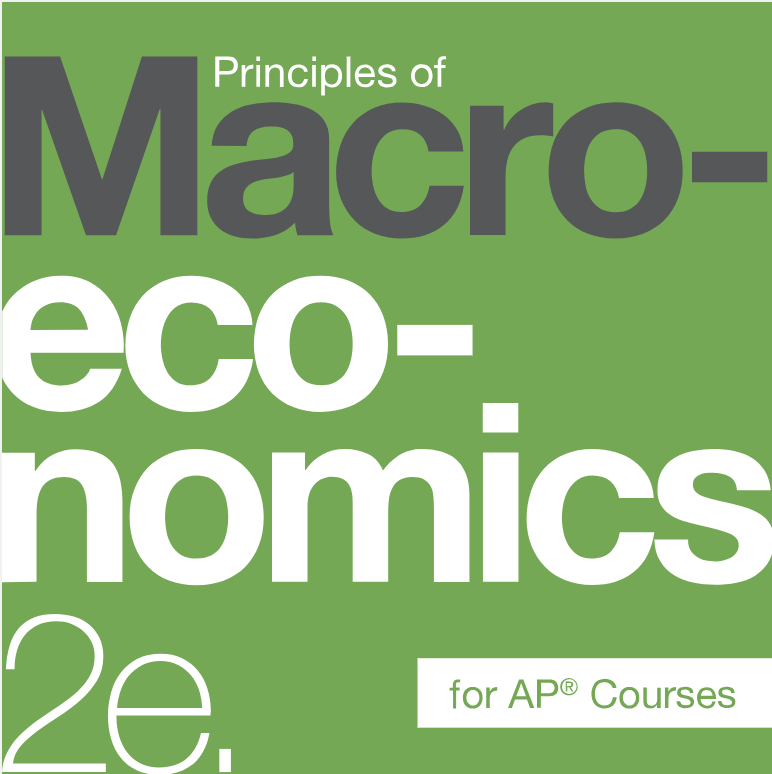
Principles of Macroeconomics for AP® 2e
The comprehensive contents from this book, combined with Odigia’s Teaching and Learning Tools have everything you need to engage, collaborate, track and assess your students.
This course includes:

378
practice questions

46
engagement activities

917
assessment questions
Helping Teachers Do What They Do Best: Teach

Customize
Use our courses as is or easily customize them to fit your teaching style and the needs of your students. You can add your favorite resources, hide and show our existing content and pre-built assessments, or make them your own. Everything your students need, in one place!

Engage and Collaborate
Odigia combines learning materials, discussions, and tools to create a familiar social experience for students allowing you to easily connect and redirect students attention.

Track
See how much time students are spending on different areas of the course, which areas are creating the most amount of engagement and identify topics the students are struggling with. Flag and provide feedback on assignments to proactively meet individual students' needs.

Assess
Game theory allows students to monitor their progress visually and motivates them to stay on track. Students can see exactly what activities they need to complete, which ones have been flagged and compare their progress against the overall class.
Principles of Macroeconomics for AP® 2e Course Outline
How does economics apply to the real world?
How do the choices we make affect us?
How does demand affect supply?
Why are labor and financial market important?
What is the macroeconomic perspective?
How is economic growth measured?
Why does unemployment happen?
What is inflation?
What does international trade relate to capital flows?
What is the aggregate demand/aggregate supply model?
What is the Keynesian Perspective?
What is the Neoclassical Perspective?
How does money and banking go hand-in-hand?
What is the difference between monetary policy and bank regulation?
Is there a major difference between exchange rates and international capital flows?
How do government budgets affect fiscal policy?
What are the impact of government borrowing?
What are some macroeconomic policies around the world?
Principles of Macroeconomics for AP® Courses 2e covers the scope and sequence requirements for an Advanced Placement® macroeconomics course and is listed on the College Board’s AP® example textbook list. The second edition includes many current examples and recent data from FRED (Federal Reserve Economic Data), which are presented in a politically equitable way. The outcome is a balanced approach to the theory and application of economics concepts.
The second edition was developed with significant feedback from current users. In nearly all chapters, it follows the same basic structure of the first edition. General descriptions of the edits are provided in the preface, and a chapter-by-chapter transition guide is available for instructors.
About the authors:
Senior Contributing Authors
Timothy Taylor, Macalester College
Contributing Authors
Cynthia Gamez, University of Texas at El Paso
Ralph Sonenshine, American University
Andres Jauregui, Columbus State University
Diane Keenan, Cerritos College
Dan MacDonald, California State University San Bernardino
Amyaz Moledina, The College of Wooster
Craig Richardson, Winston-Salem State University
David Shapiro, Pennsylvania State University


